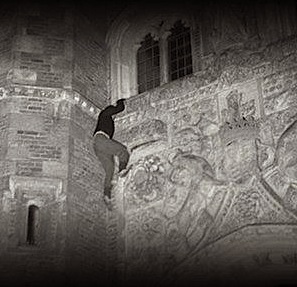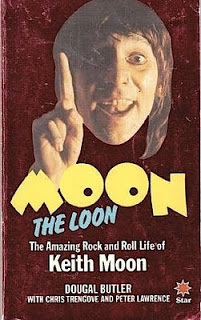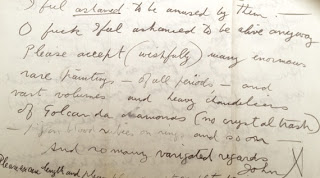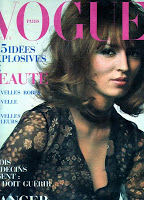This turned up with some papers about Cambridge University. Sadly there is a bit of loss as one side is burnt. The guide referred to is very likely to be 'The Roof-Climber's Guide to Trinity' by Geoffrey Winthrop (1900) Note: Edward Bowen, 'the famous Harrow master and athlete' wrote the hymn 'Forty Years On.'

Records of early climbs are lamentably [hard?] to seek . It is known that Lord Byron 'decorated' the statues on the Library, and was proud of the fact. But research has shown that the ascent was made by ladders,under use for repairs; and possibly also by breaking in and out of the staircase to the roof. On the first appearance of the 'Guide', Edward Bowen, the famous Harrow master and athlete wrote that he had been on the roof of Chapel and of Great Court, with friends. But the routes are unknown. This must have been in the 1850's. In the '70's, Dr Roger Wakefield, father of Wavell, Teddie and Cuthbert, reports that he, likewise, with friends, scrambled on the Great Court roofs. There were probably many such enterprises through the centuries. The definite records began in 1895: when G.W,Y (Geoffrey Winthrop Young) started the mountaineering exploration of the Roofs.
His companions were,at different times,-F.M.L.(Felix Martin Levi.Maths Scholar. Perhaps the most brilliant and lovable man of his time. Afterwards in I,C.S, and killed early in an earthquake.) - A.M.M. ( Sandy Mackay. Mor. Sci. Scholar.Internat.Lawn Tennis Blue,and now Scottish Law Lord) - J.F.D.( Professor Dobson,of Bristol,[Classic.Schol.,] Dean of the Classic Faculty) - C.K.C. ( Clague.Maths Schol. now H.M.I,the author of the happiest of quotations, on Lliwedd; and distinguished as an athlete for putting his knee out while playing chess) - More occasionally:-R.W. (Ralph Wedgwood,youngest of the admirable brotherhood.He died early in South America,) something of a genius - G.M.T.( Prof George Trevelyan.O.M.Regius Prof of History) - C.A.Wordsworth,Scho [ocho?] of Clare.- C.M.Jones;Saths Schol of T rinity. W.W. Greg.Afterwards Trinity Librarian,and Author.-E.H.Y. ( Sir E. Hilton Young ,brother of G.W.Y.)[penciled in]
Continue reading →

























